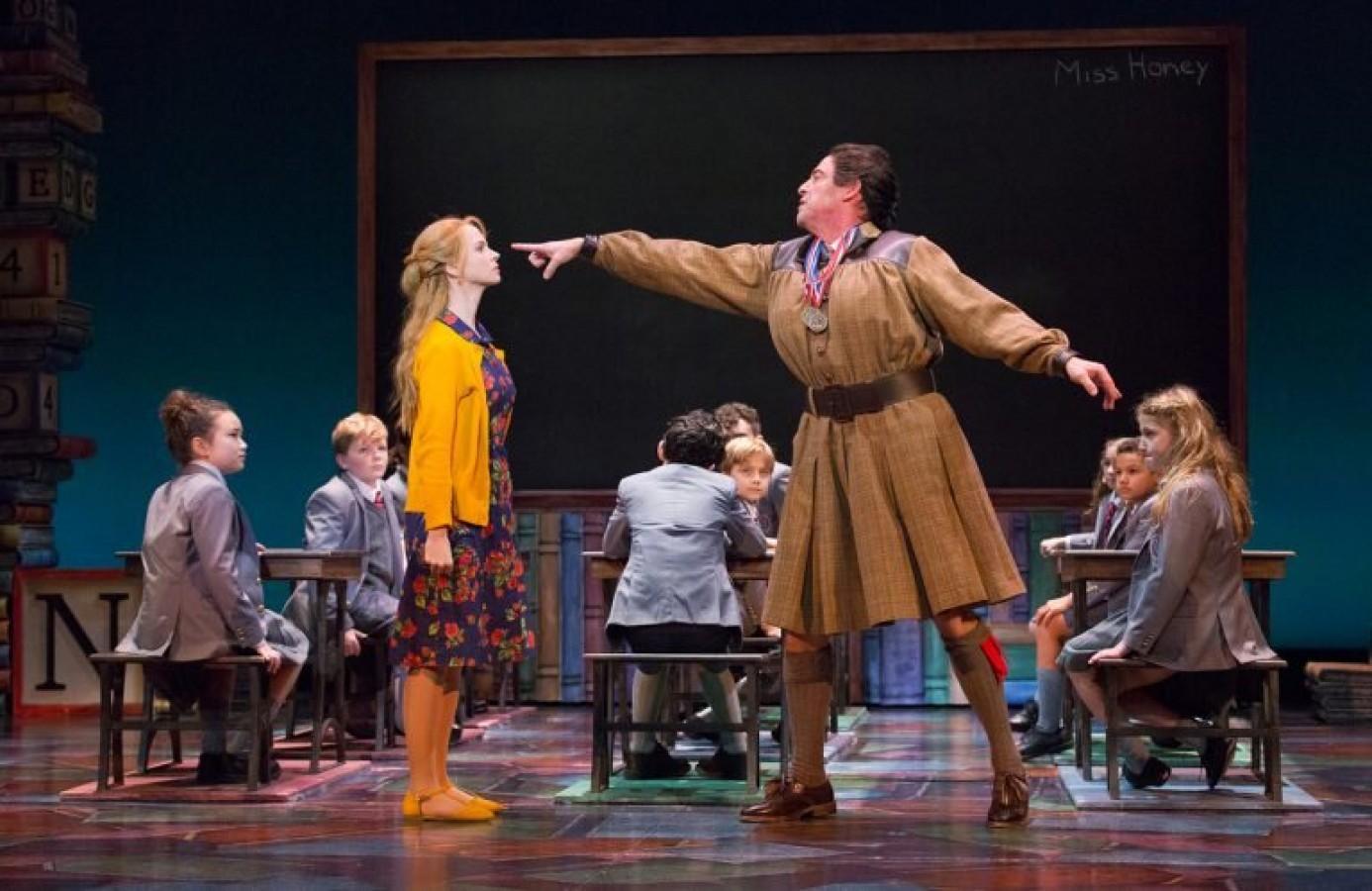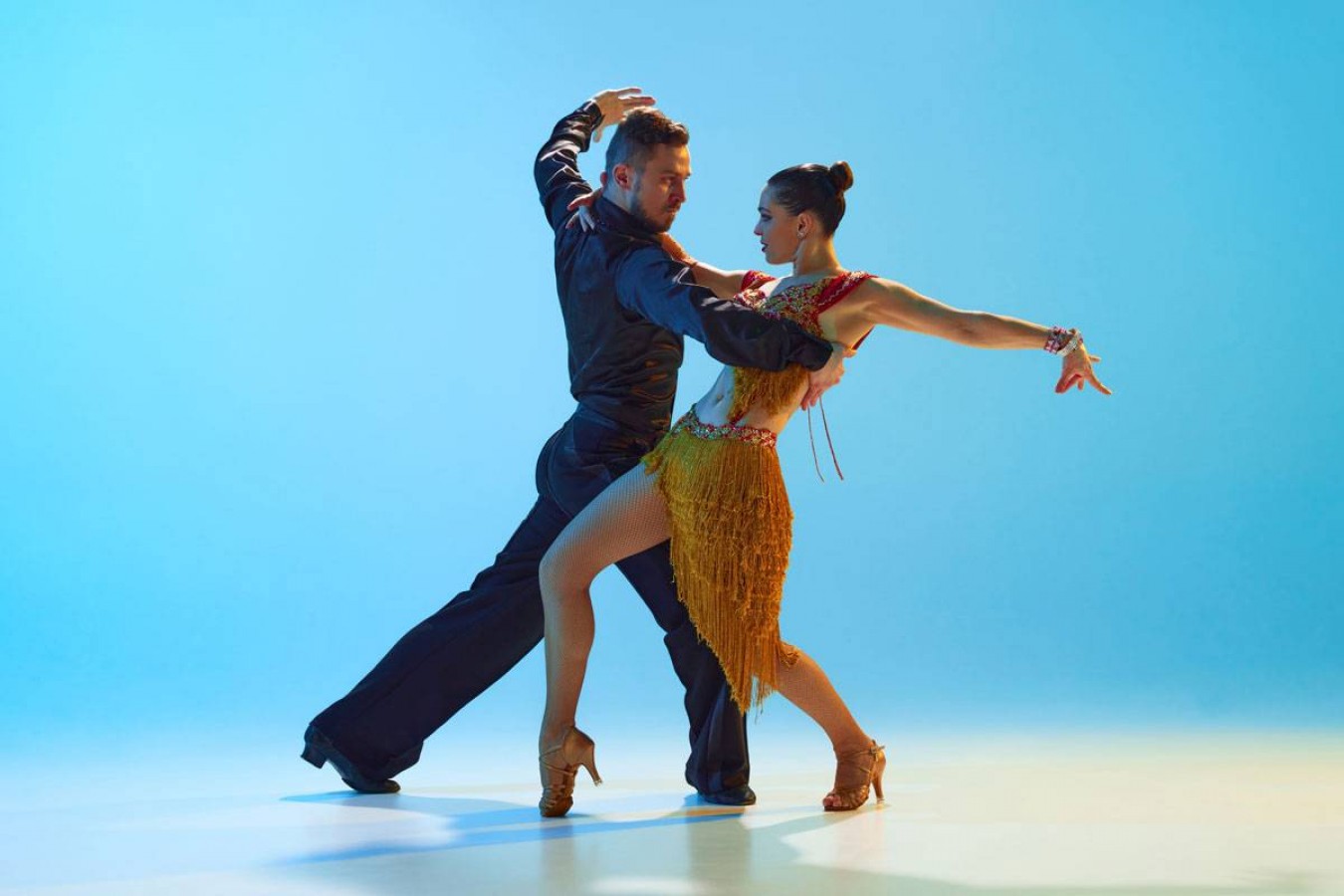The 7 Character Roles in Stage Play

When attending a stage play, it’s easy to get swept up in the emotions, stories, and relationships unfolding on stage. But behind every compelling story is a careful arrangement of character roles that bring the drama, comedy, or tragedy to life.
In theater, these roles are more than just parts to play, each type serves a unique function that enhances the narrative and draws the audience into the world of the play.
In this article, we'll explore the seven essential character roles in a play, breaking down the distinct types, their characteristics, and examples to illustrate how they each contribute to the art of theater. Let’s check it out!
Character Roles in Stage Play
In any stage play, each character serves a unique function, adding layers of complexity to the narrative. From heroes to villains and everything in between, character roles help drive the plot, build tension, and shape the audience's understanding of the story.
Here, we delve into seven fundamental character roles commonly found in stage plays:
1. The Protagonist
The protagonist is the story's main character, often seen as the "hero" we follow throughout the journey. They don’t have to be perfect or even likable, but they should be relatable.
Their goals and struggles help us connect and root for them. Think of them as a "round" character, they have flaws but also learn and grow along the way.
2. The Antagonist
The antagonist is the main character’s opposition, often seen as the “villain” of the story. They create obstacles for the protagonist and may even threaten the world around them.
This character is usually defeated or changed in the end, but a great antagonist is complex, with motivations that make them more than just a stereotypical villain.
3. The Love Interest
The love interest adds a layer of romance and personal growth for the protagonist. They might be the “girl or boy next door” or someone who helps the main character discover new things about themselves.
Sometimes, the love interest is unaware of the protagonist's feelings, adding a bit of drama as the two gradually come together. It’s a classic subplot that adds depth to the story.
4. Deuteragonists (Secondary Characters)
Deuteragonists are the supporting cast around the main character. They might be friends, allies, or key people in the protagonist’s life.
Even if they don’t get a lot of screen time, well-developed secondary characters make the world feel real and add dimension to the protagonist’s journey.
5. The Foil
A foil is a character whose traits contrast with the protagonist’s, highlighting the main character’s strengths and weaknesses. They’re not in direct conflict, but they may approach situations differently.
This contrast can reveal new aspects of the protagonist and often adds depth to their friendship. For example, in Harry Potter, Hermione’s intellect complements Ron’s bravery, helping Harry in different ways.
6. The Confidant
The confidant is someone the protagonist trusts, offering honest advice and sometimes tough love.
They’re the voice of reason and wisdom, like Yoda in Star Wars. Often, the protagonist turns to them during moments of doubt, and their guidance helps the main character make crucial decisions.
7. Tertiary Characters
Tertiary characters play small roles that enrich the world of the story. They’re often in the background, adding realism or supporting minor plot points.
For example, in Harry Potter, Nicholas Flamel is a tertiary character who’s mentioned briefly, but his background adds depth to the magical world.
Types of Character Roles
In storytelling, particularly in stage plays, various character roles serve distinct purposes that enhance the narrative. Here’s an overview of the different types of character roles:
A. Dynamic Character
A dynamic character undergoes significant change throughout the story, making them ideal protagonists. Their journey of growth or transformation keeps the audience engaged.
For example, in The Adventures of Huckleberry Finn, both Huck and Jim evolve in their understanding of freedom and friendship. Similarly, in Sophie’s Choice, all three characters in the love triangle (Stingo, Sophie, and Nathan) experience profound changes.
B. Round Character
Round characters are major figures in a story who exhibit depth and complexity, showing the potential for change from the moment we meet them.
They can be noble or flawed, like Konstantin Levin in Anna Karenina, who is introspective and seeks meaning, or Humbert Humbert in Lolita, who is morally complex.
Round characters allow us to connect deeply because they mirror real human experiences and emotions.
C. Static Character
A static character remains unchanged throughout the narrative. These characters often serve supporting roles and provide consistency within the story.
For instance, many parental figures in Roald Dahl's children’s books are static, embodying traditional traits without significant growth.
Similarly, many villains fit this mold, they remain evil and predictable from start to finish.
D. Stock Character
Stock characters are archetypal figures defined by a fixed set of traits. They are often stereotypes that the audience can recognize immediately.
Shakespeare’s fools, who provide comic relief, and characters like Sir Andrew and Sir Toby from Twelfth Night are great examples.
Stock characters can be entertaining but are typically not as complex as dynamic or round characters.
E. Symbolic Character
Symbolic characters represent larger concepts or themes beyond themselves, often guiding the audience toward deeper meanings. They might be dynamic but are primarily there to illustrate a broader idea.
For example, Boo Radley in To Kill A Mockingbird symbolizes the misunderstood outcast, highlighting themes of empathy and human connection.
In some cases, a protagonist can be symbolic, like in Dostoevsky's The Idiot, where the character embodies profound philosophical ideas.
Ready to Create Memorable Characters?
Each of these character roles contributes uniquely to the storyline and the unfolding drama on stage. They engage the audience, enrich the narrative, and help reveal the playwright's vision. By understanding these character roles, theater enthusiasts can better appreciate the artistry that goes into creating a memorable stage play.
Interested to step into the spotlight and bring your dreams to life? At Rockstar Academy, our Broadway class offers the perfect opportunity to start acting and discover your potential in the world of theater!
Our Sports & Performing Arts Academy is dedicated to nurturing talent and creativity, providing expert guidance from seasoned professionals. Experience firsthand what it’s like to perform on stage and gain valuable skills that will prepare you for events and competitions such as RockOlympics, Elite Championships and Broadway Recital.
Don’t miss this chance to ignite your passion for acting and join a vibrant community of aspiring performers. Sign up for your free trial class today and take the first step towards a dazzling future in the arts!
FAQ
What is a character role?
A character role refers to the specific function or position a character holds in a story, influencing the plot and the dynamics between characters.
What are the 7 different characters?
The seven character roles are: the protagonist, antagonist, love interest, deuteragonist (secondary characters), foils, confidant, and tertiary characters.



